“I had a normal, happy childhood. I did gymnastics, figure skated, and spent the rest of my free time playing outside, playing tag, backyard baseball, or running races in the street with my neighborhood friends. Never would I have thought that at age eighteen, I’d start to lose the ability to do basic physical functions.
At eighteen, I was starting my second year of college. I had recently moved on campus to share a house with five friends and working on my undergrad degree for social work was my focus. I loved school. Then, in October, it all started going downhill. I seemingly overnight woke up ill, but never like any kind of sick I had to get been before. I had full-body pain, dizziness, heart palpitations, and nausea. I struggled to walk up the stairs of my university housing to get to my bedroom. My body was overtaken with fatigue. I would wake up from a full night’s sleep and need to go back to bed an hour later.
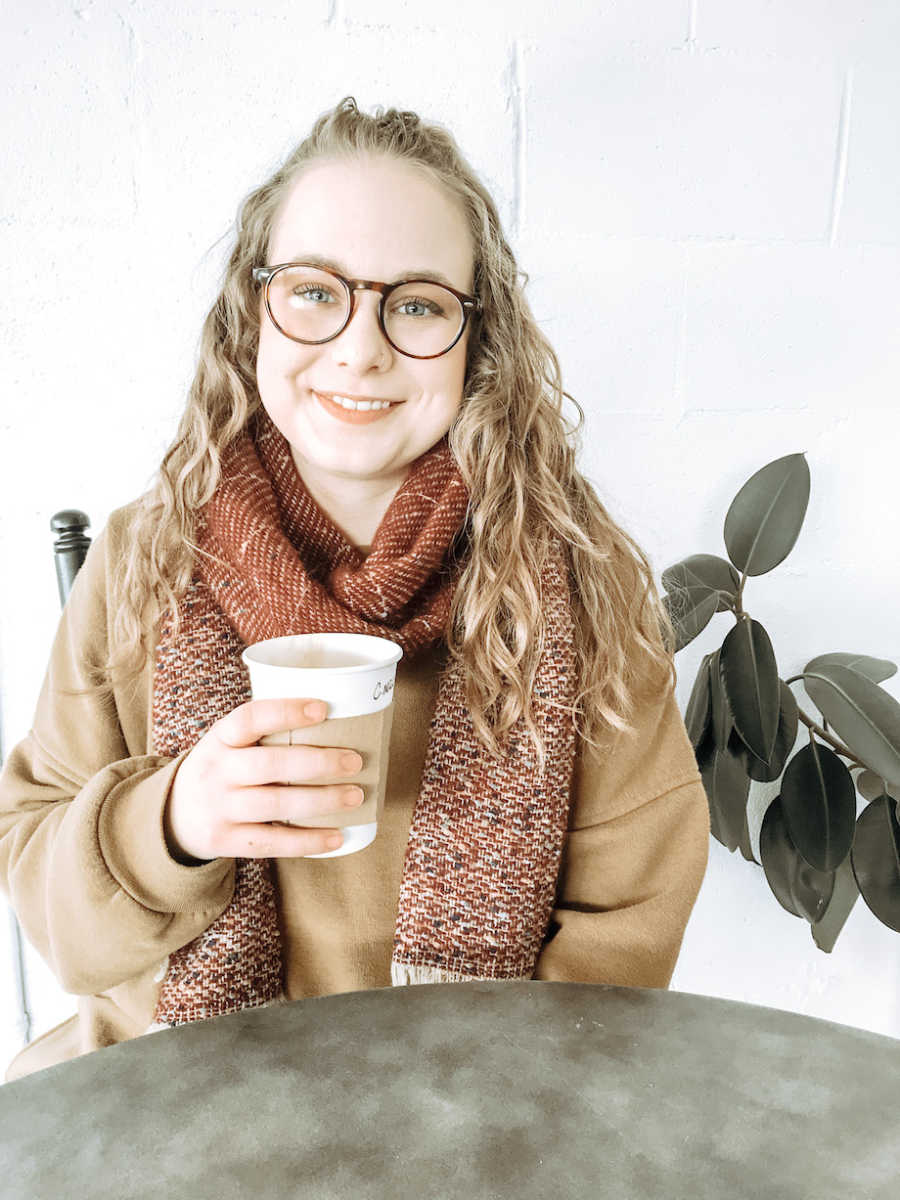
I started down what we in the rare disease community call a ‘diagnostic odyssey’ — endless doctors’ appointments to try to find a cause of my worrisome symptoms. Unfortunately, I was met with the disbelief and put-downs that many young women with chronic illness face from medical professionals. When I came to my primary care doctor at my sickest, having moved home from university back into my parents’ house and on temporary medical leave, he was downright disinterested in finding what was wrong with my body. During our last visit, I mentioned a physical therapist suggested I had extreme hypermobility and should be evaluated for Ehlers Danlos Syndrome. The doctor laughed, told me to flex my bicep, and told me someone with Ehlers Danlos wouldn’t be able to do that, and it’s a ‘circus people disease.’ Instead, he told me, many girls around my age struggle with anxiety.
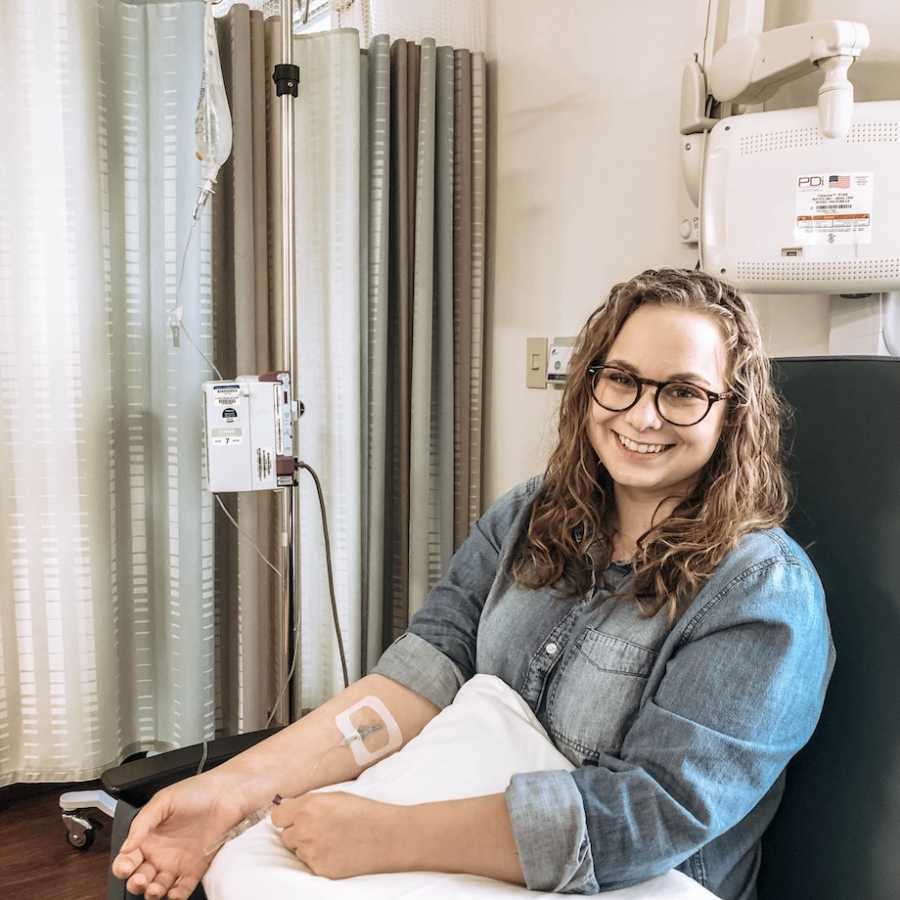
I was defeated. I felt I would never get an answer as to what was plaguing me, but I am thankful for my mom, who has always been there to pick me back up. We switched to a different physician, who was instrumental to my diagnosis. My first appointment with him, he did the Beighton screening tool for Ehlers Danlos Syndrome and scored me a nine out of nine on the criteria. He was sure I had a connective tissue disorder, meaning I was born with malformed collagen, the protein that essentially holds together ligaments, muscles, and organs. Because collagen is the most abundant protein in the body, having a mutation in that protein means widespread, systemic disease. At the end of that appointment, he assured me that my problems were very much physical and promised he wouldn’t stop until I had a diagnosis.

I was sent to a rheumatologist to be evaluated for Ehlers Danlos and similar diseases. There, I finally got the first half of my answer. I was clinically diagnosed with EDS and was told I likely have a rare type, as I had some vascular involvement.
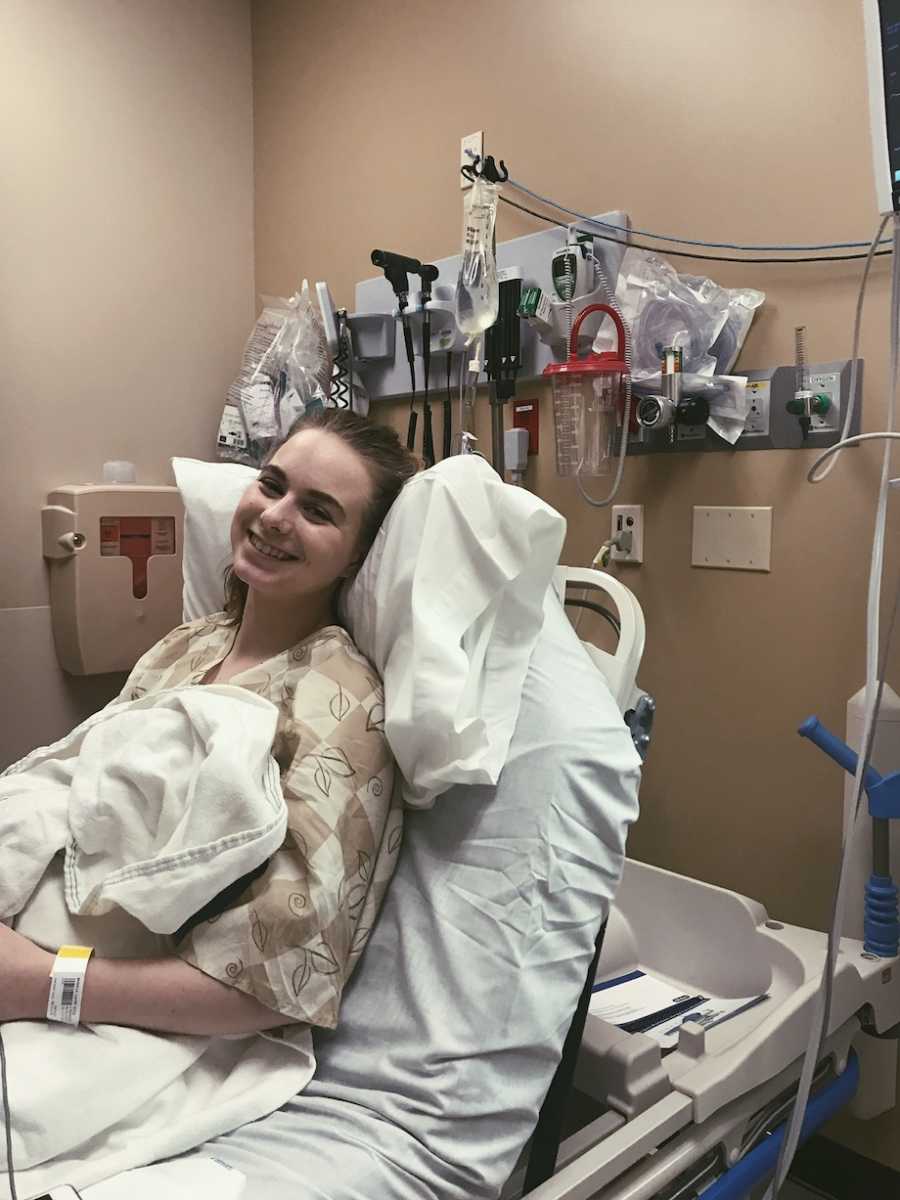
After over a year and a half of waiting to see a geneticist for a more concrete answer as to what type of Ehlers Danlos Syndrome I have, the day came for my appointment. I am so thankful for that geneticist, who diagnosed me with a pathologic (disease-causing) mutation of a gene called Filamin-A, and that faulty gene caused me to have an extremely rare form of Ehlers Danlos Syndrome, EDS with X-Linked Periventricular Nodular Heterotopia, a subtype that is a cross-over with a congenital brain abnormality and hereditary epilepsy with a connective tissue disorder. That appointment was so validating, to have both an exact name to my condition and confirmation what I was going through was real.
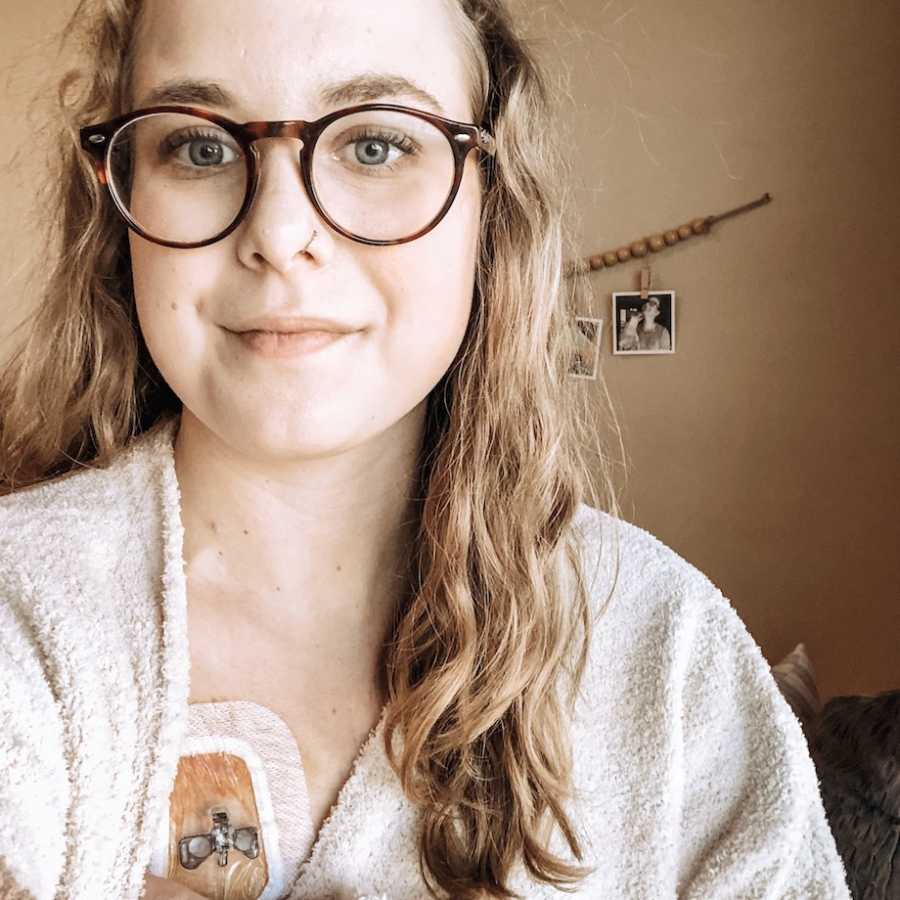
Little weird health quirks I had as a child finally made sense. I was a toe-walker for years, had ‘growing pains’ that never really went away, and a comorbid disease of my autonomic nervous system was responsible for the episodes of fainting as a teenager. I had dislocated several joints, which left my knee and shoulders with permanent damage. My thin, translucent skin that often bruises or bleeds was more than me just being clumsy. My nausea and chronic abdominal pain were due to a condition called Gastroparesis, paralysis of the stomach, that can occur with EDS.
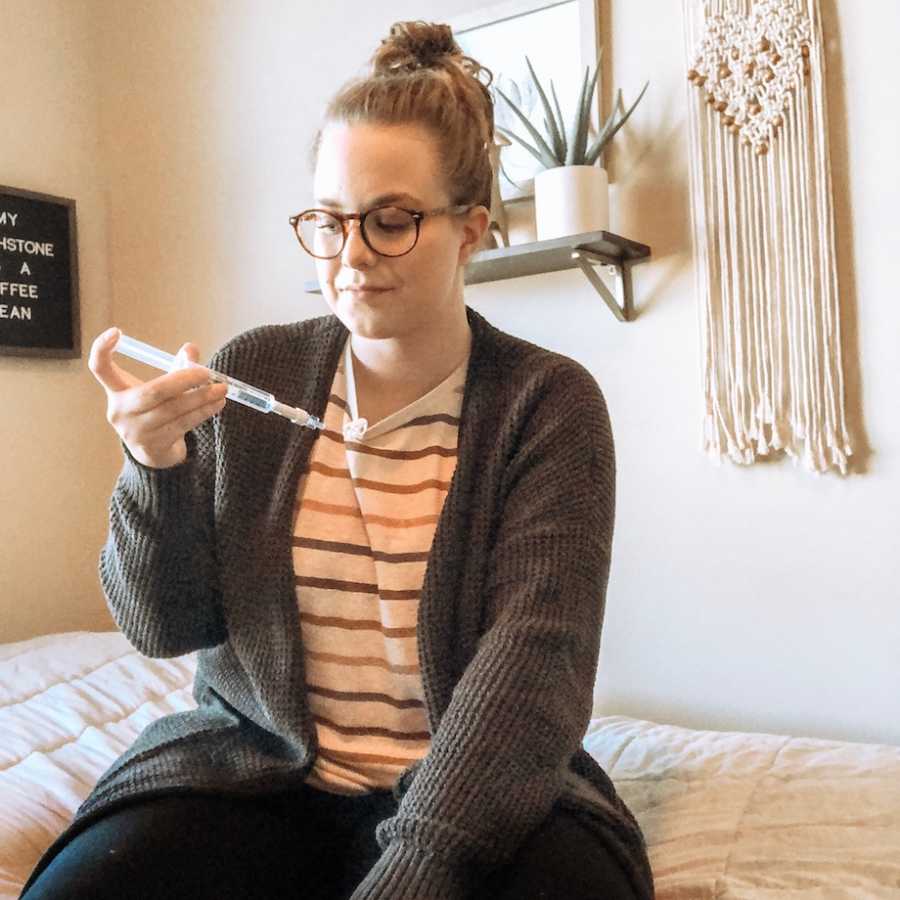
Having such a rare disease has taught me I am the best advocate for myself. Had I not pushed my rheumatologist for genetic testing, I would not even know I have this disorder. However, there are many parts of my disease that are unknown. Less than two hundred people have been diagnosed with Ehlers Danlos Syndrome with X-Linked Periventricular Nodular Heterotopia. EDS with PVNH is usually excluded from textbooks and research, so my diagnosis is even met with blank stares from some medical professionals. I have had to become a walking encyclopedia about my own disease and gene mutation, reading every clinical case or journal article I can find online on Periventricular Nodular Heterotopia I can find.
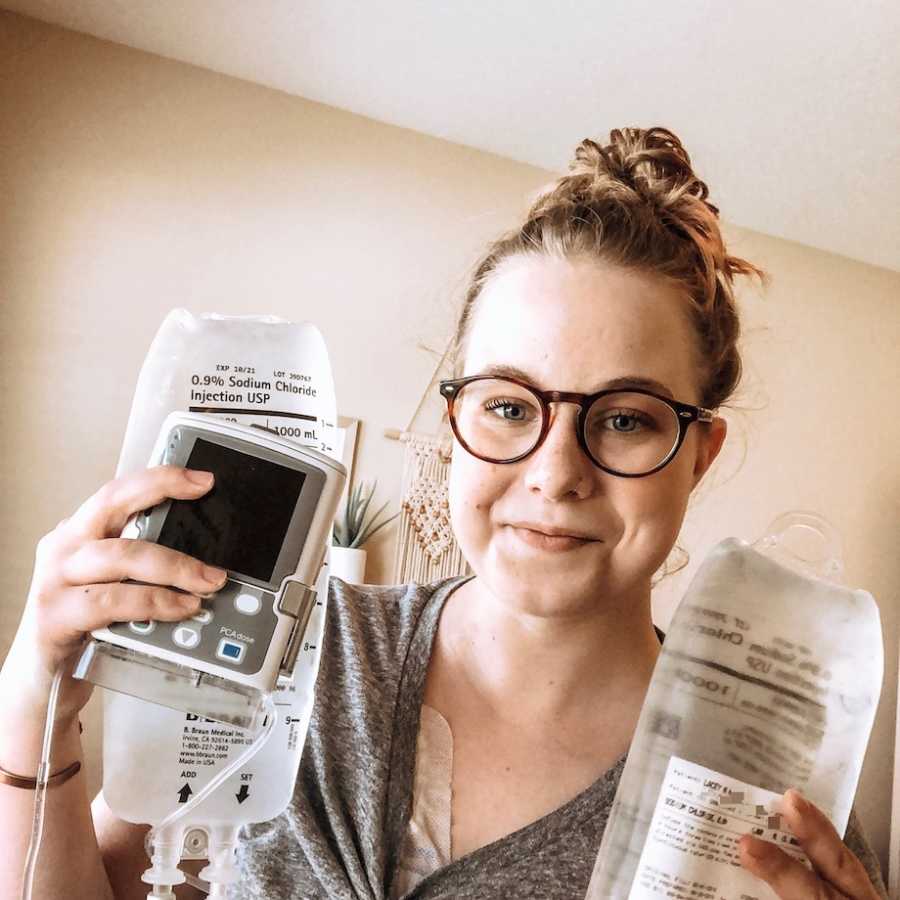
Returning to school was another large hurdle, having to learn how to navigate a campus that was not only physically inaccessible to me but an education system that often leaves people with disabilities to fend for themselves. August 26, 2018, I had what my doctors believe to be a Transient Ischemic Attack (TIA), a mini-stroke. After the event, I have experienced lasting cognitive side effects. Recalling a professor’s name is often difficult for me, let alone being in an area of study where rote memorization is often required. School used to be very easy for me. I graduated high school at age sixteen and was in honor’s college before I got sick. Coursework is much more difficult for me, but I am determined to do my best and graduate. But once again, I faced negative questioning over my disease, if I truly was disabled, and if I really needed the academic accommodations I was granted, except this time, the doubt was from faculty and professors. It can be exhausting not only living with a rare disease but constantly having to educate the people around you about your illness and on ableism, and hidden bias against people with disabilities.

A large part of what keeps me going, and how I became educated in disability, was from the chronic illness Instagram community. Early in my diagnosis, I started blogging little pieces of my story and met thousands of people who were going through similar situations. What once was almost my personal diary, became a two-directional flow of support. Every day, I’m thankful for the people who have stuck by me, friends online, and friends in real life.”
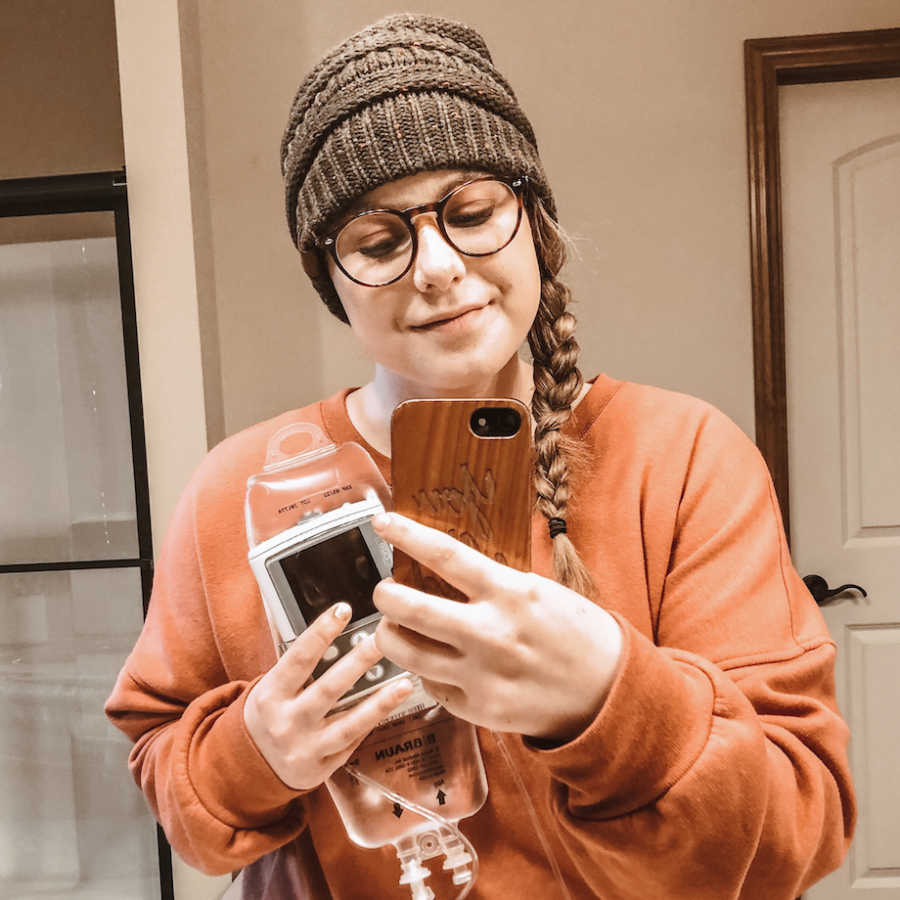
This story was submitted to Love What Matters by Lacey from Kansas City, KS. You can follow their journey on Instagram. Do you have a similar experience? We’d like to hear your important journey. Submit your own story here. Be sure to subscribe to our free email newsletter for our best stories, and YouTube for our best videos.
Read more stories like this:
Do you know someone who could benefit from reading this? SHARE this story on Facebook with family and friends.



